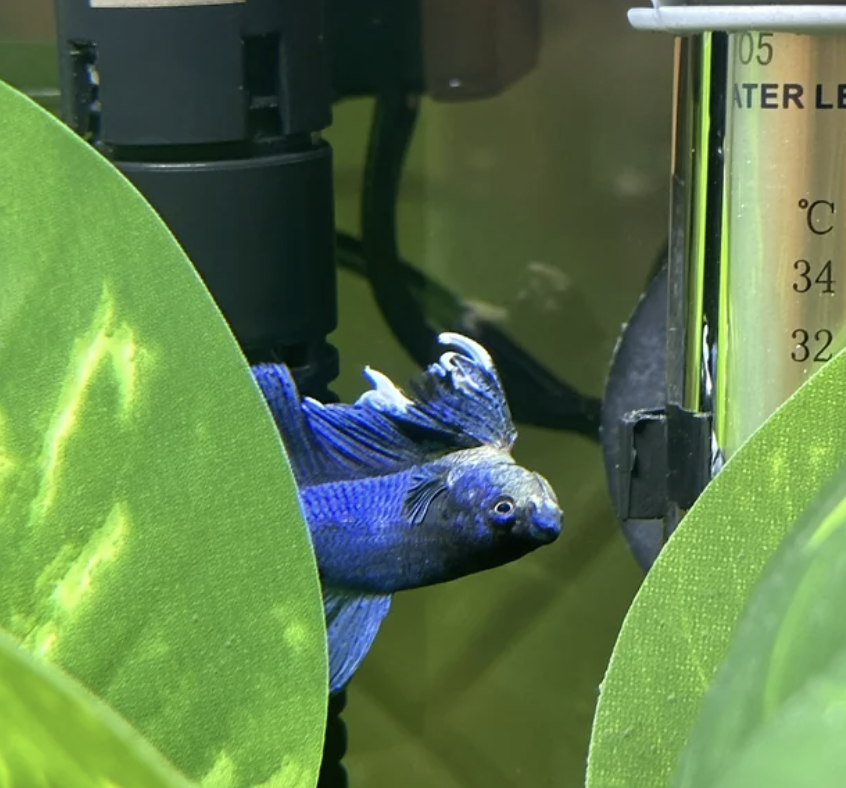Why Is Your Betta Fish Floating Upside Down? The Shocking Truth Behind Swim Bladder Disease
It can be alarming to see your betta fish floating upside down or struggling to swim upright. This unusual behavior is often a sign of swim bladder disease, a common ailment that affects a fish’s buoyancy and orientation in the water. Understanding the causes and treatments of swim bladder disease can make the difference between life and death for your betta.
What Is Swim Bladder Disease?
Swim bladder disease refers to a condition that impacts the swim bladder, a gas-filled organ that helps fish maintain their buoyancy. When the swim bladder is compromised, the fish may float uncontrollably, sink to the bottom, or flip upside down. Common symptoms include:
- Floating upside down or sideways
- Struggling to swim or maintain balance
- Sinking and being unable to rise
- Swollen belly or visibly distended abdomen
Understanding why this condition occurs can help you take immediate action to save your fish.

Download This eBook To Save Your Betta!
Causes of Swim Bladder Disease
- Overfeeding and Constipation: Excessive feeding can lead to constipation, causing internal pressure that affects the swim bladder.
- Infections and Parasites: Bacterial or parasitic infections can cause inflammation or fluid buildup, impacting buoyancy.
- Genetic Defects: Some bettas are more prone to swim bladder disorders due to genetic factors.
- Environmental Stress: Poor water quality, rapid temperature changes, or physical injury can disrupt swim bladder function.
- Gulping Air: Bettas that gulp air too quickly while feeding may ingest excess air, leading to buoyancy problems.
How to Treat Swim Bladder Disease
- Isolate the Fish and Observe: Move the betta to a clean, shallow quarantine tank to monitor its behavior and prevent further stress.
- Fast for 24–48 Hours: Refrain from feeding to allow the digestive system to clear and reduce internal pressure.
- Epsom Salt Bath:
- Prepare a separate treatment tank with 1 teaspoon of Epsom salt per gallon of water.
- Leave the fish in the bath for 15–30 minutes, then return it to the main tank.
- Diet Adjustment: Offer easily digestible foods like blanched peas (remove the skin) or frozen daphnia. Avoid feeding floating pellets that may cause the fish to gulp air.
- Maintain Optimal Water Quality: Keep the water temperature steady at 78–80°F, and perform regular water changes to prevent infection.
Preventing Swim Bladder Disease
- Feed Smaller, More Frequent Meals: Avoid overfeeding by offering small portions twice a day.
- Use High-Quality, Sinking Pellets: Prevent gulping by using sinking pellets instead of floating ones.
- Monitor Water Quality: Regularly test ammonia, nitrite, and nitrate levels to maintain a clean, stable environment.
- Avoid Stressful Tank Mates: Keep the betta in a low-stress environment to prevent injury or aggression.
Comparison Table: Causes vs. Treatments for Swim Bladder Disease
| Cause | Symptoms | Treatment |
|---|---|---|
| Overfeeding/Constipation | Floating sideways or upside down | Fast for 24–48 hours, feed blanched peas |
| Infection/Parasites | Swollen abdomen, sinking or floating uncontrollably | Epsom salt bath, antibacterial treatment |
| Genetic Defects | Chronic buoyancy issues | Manage symptoms, adjust diet |
| Environmental Stress | Erratic swimming, stress marks | Improve water quality, stabilize temperature |
| Gulping Air | Floating at surface, struggling to sink | Feed sinking pellets, reduce air gulping |
Helpful Products for Swim Bladder Disease
- Epsom Salt: To reduce swelling and constipation.
- Sinking Pellets: Prevents air gulping and helps with digestion.
- Frozen Daphnia: A natural laxative and easy-to-digest food.
- Water Testing Kit: Ensures optimal water conditions.
- Heater: Keeps temperature stable at 78–80°F.
- Isolation Tank: For treatment and monitoring.
Take Action to Save Your Betta
Swim bladder disease can be a life-threatening condition, but with prompt action and the right treatment, your betta can recover. Monitoring feeding habits, maintaining clean water, and taking immediate steps to treat the condition can significantly improve your betta’s chances of survival.
Call to Action
Worried About Your Betta’s Health? Don’t Wait Until It’s Too Late!
Download our comprehensive Betta Fish Care eBook to learn how to prevent and treat common ailments, including swim bladder disease. Get expert tips, feeding schedules, and emergency care guides to keep your betta thriving.
Download Your Copy Now and Save Your Betta!
